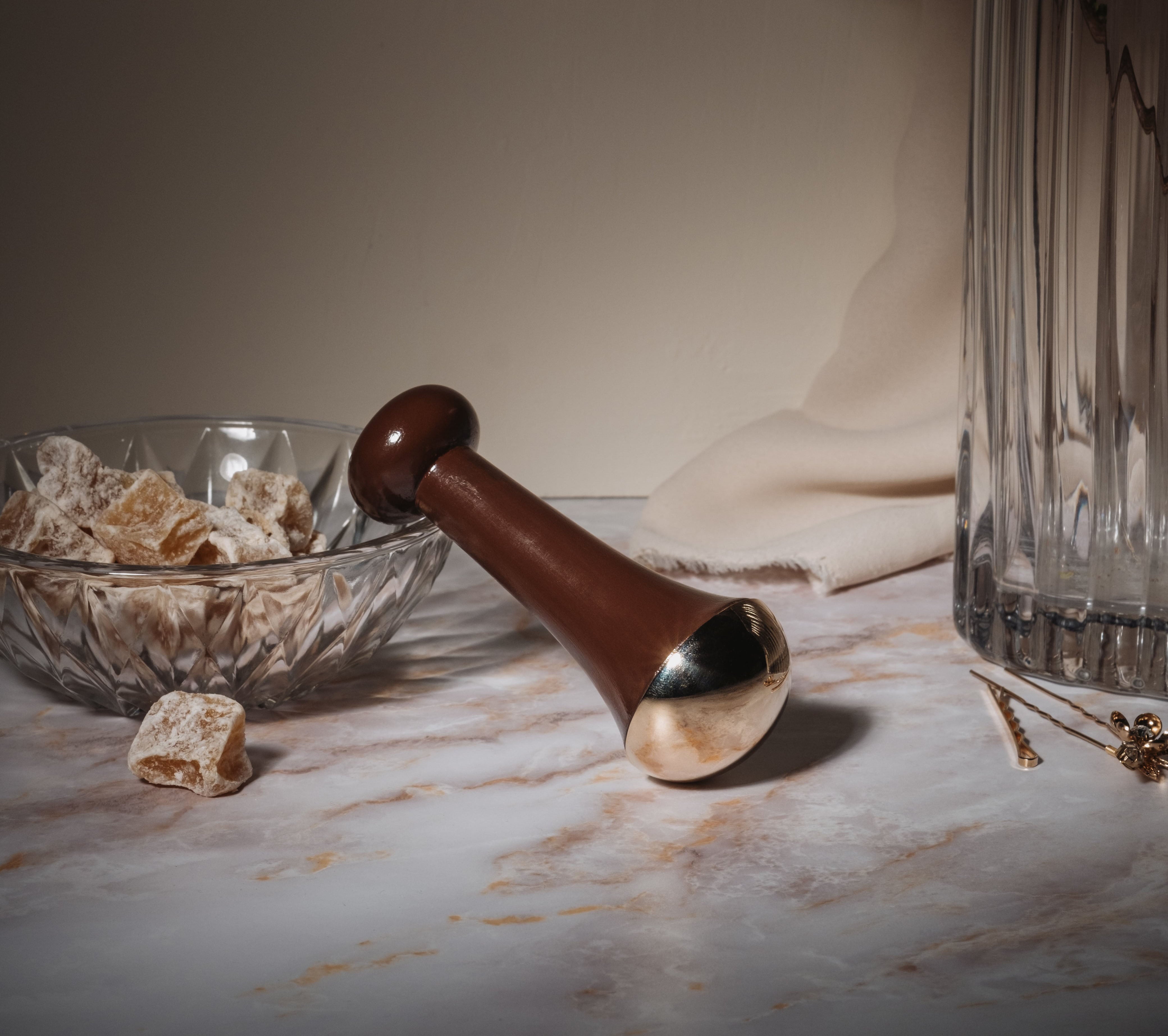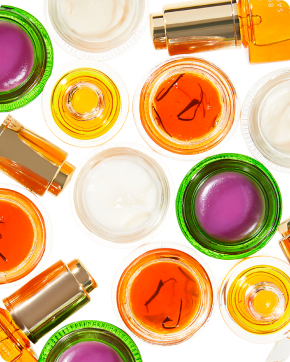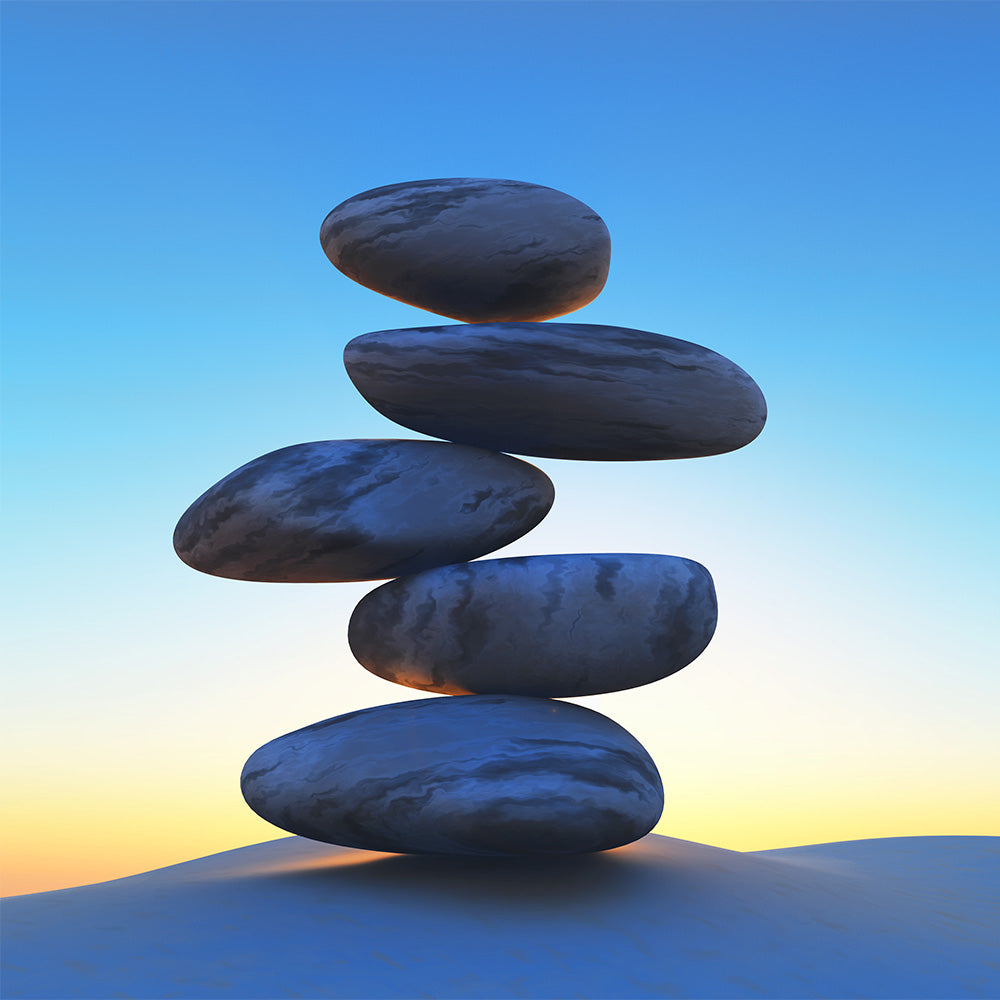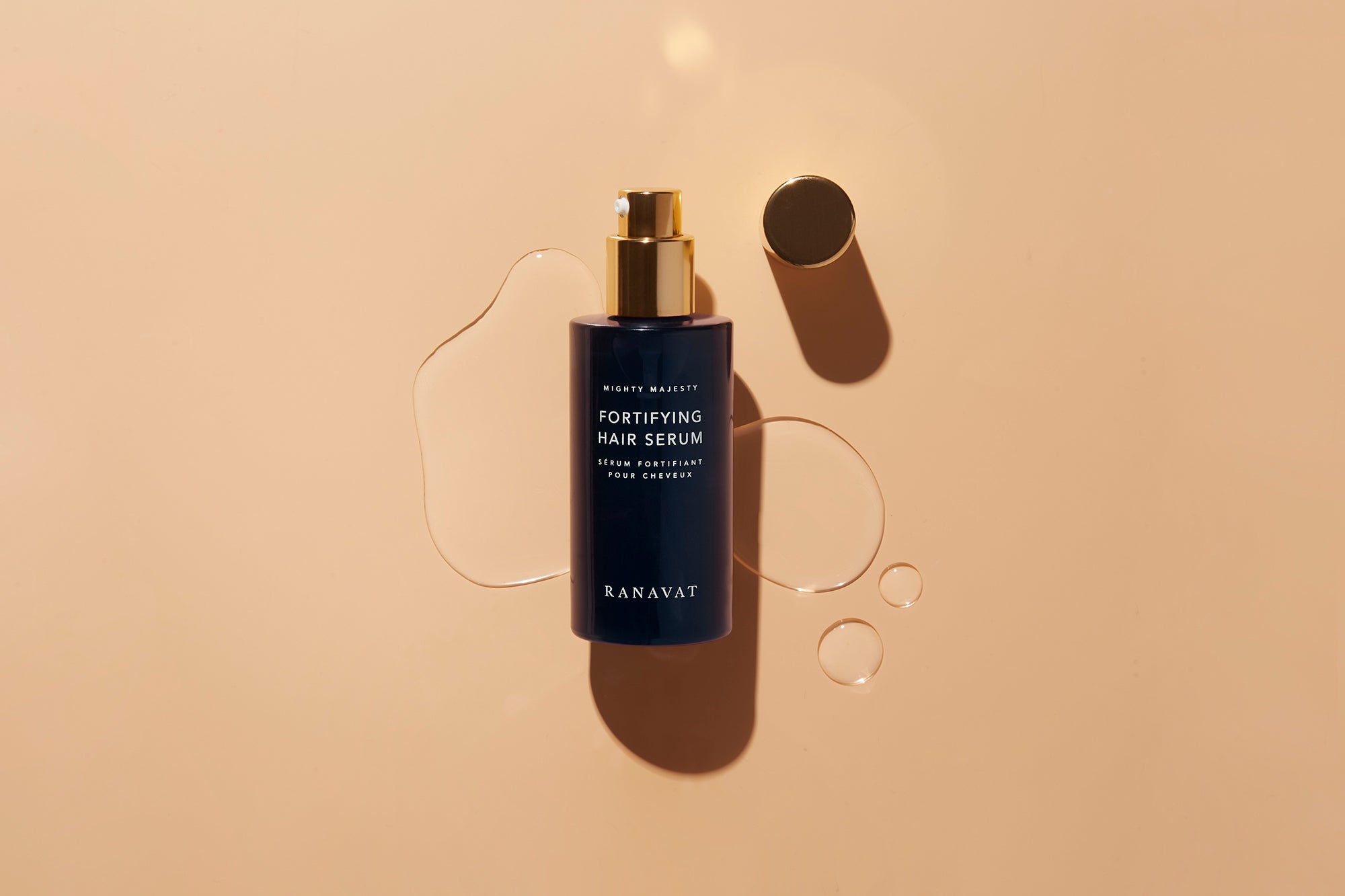
The Kansa Wand: Everything you need to know
A deep dive into the rich history and healing powers of this age-old treatment. Plus, a step-by-step on how to use and care for your wand.
In Ayurveda, there is no facial tool more sacred or celebrated than the Kansa Wand. While it has been the desired device for thousands of years in the East (predating the gua sha and jade roller, which originated in China), its benefits and use is still a novel concept in the West. The word “kansa”, derived from Sanksirt—the indigenous language of ancient India—is a mixture of copper and tin, and is often referred to as the “bell metal”, citing that Tibetan gongs and bells were often made out of the same material.
Dating back 5,000 years ago, (around 3,000 BC), during the Bronze Age of India, the kansa was born. The metal, which was first used in the kitchen as a cup to purify drinking water and as a plate to aid in digestion, became a popular facial tool when it was discovered that it warmed up on the skin upon massage, offering numerous benefits. Because the surface of the metal could draw and neutralize acidity on the skin, it was used to balance the skin’s pH levels as well as reduce puffiness, increase blood circulation and promote oxygen flow to the surface of the skin, creating a natural glow.
In Ayurvedic medicine, its benefits don’t stop at the skin level. It is believed to have healing powers which balance the three doshas: Pita (fire), vata (air) and kapha (water) and unblock the seven chakras, or “energies”, within your body which increases vitality and relieves stress.
To ensure that you are getting the complete benefits of the Kansa wand, it’s recommended to pair it with a clean facial oil that is rich in vitamins and minerals, like our Brightening Saffron Serum. This will ensure that your skin gets the most out of the treatment.
How to use your Kansa wand
1. Apply your facial serum onto your skin, so the wand glides over your skin.
2. Begin at the center of your chin, following the jaw line, massage the wand until you reach the bottom of the ear. Repeat 4-5 times and switch sides.
3. Work your way upwards and start at the corner of your mouth and follow the natural lines of your cheekbones, massaging upwards to the center of your ear. Repeat on both sides.
4. End your treatment by making circular and figure eight motions around the temples of your eyes, forehead and above the eyebrows.
Watch this video for 4 ways to use your Kansa wand.
How to clean your Kansa wand
When using for the first time, we recommend gently cleaning the metal part of the wand with a clean, chemical-free soap. Towel dry. Do this after each treatment to keep the wand sanitized for the next use.
Things to look out for
If the wand makes your skin turn grey, don’t worry, as this is a chemical reaction due to the acidity on the skin. Wash your face with a clean, gentle cleanser after.
Also, be sure to invest in an authentic Kansa wand. Quality is of the utmost important when it comes to what you put on your skin, and this is no different. The kansa should be made exclusively of copper and tin and nothing else. Our Kansa wands are made in a remote village in Rajasthan, India by a family who has over 900 years of experience working with bronze. Because of their heritage involving extensive experience working with the metal, their craftsmanship is unparalleled to others.




Leave a comment
This site is protected by reCAPTCHA and the Google Privacy Policy and Terms of Service apply.